Ferrara's Spazio Antonioni, a museum to learn about the great director
Ferrara has been welcoming a new space of cultural attraction since last spring: it is the Antonioni Space, a museum dedicated to Michelangelo Antonioni (Ferrara, 1912 - Rome, 2007), a great filmmaker and intellectual known for his ability to explore human emotions and social change through his refined cinematic language. The opening of the Antonioni Space marked an important milestone in the enhancement of Italy’s film heritage and offers the public an opportunity to immerse themselves in the fascinating and complex world of one of the greatest filmmakers of the 20th century.
Love, loneliness, alienation, identity crisis: these are some of the most relevant and topical themes that run through Antonioni’s work and that still resonate today, since, in an age of rapid change and uncertainty such as the one we live in, his film work, among the most important that Italy has known, has offered audiences a profound look at the challenges of human existence, inviting each person to question his or her place in the world. A museum, then, not only to celebrate the genius of Michelangelo Antonioni, but also to offer itself as a laboratory of ideas, a place where the past and the present meet to give life to new narratives.
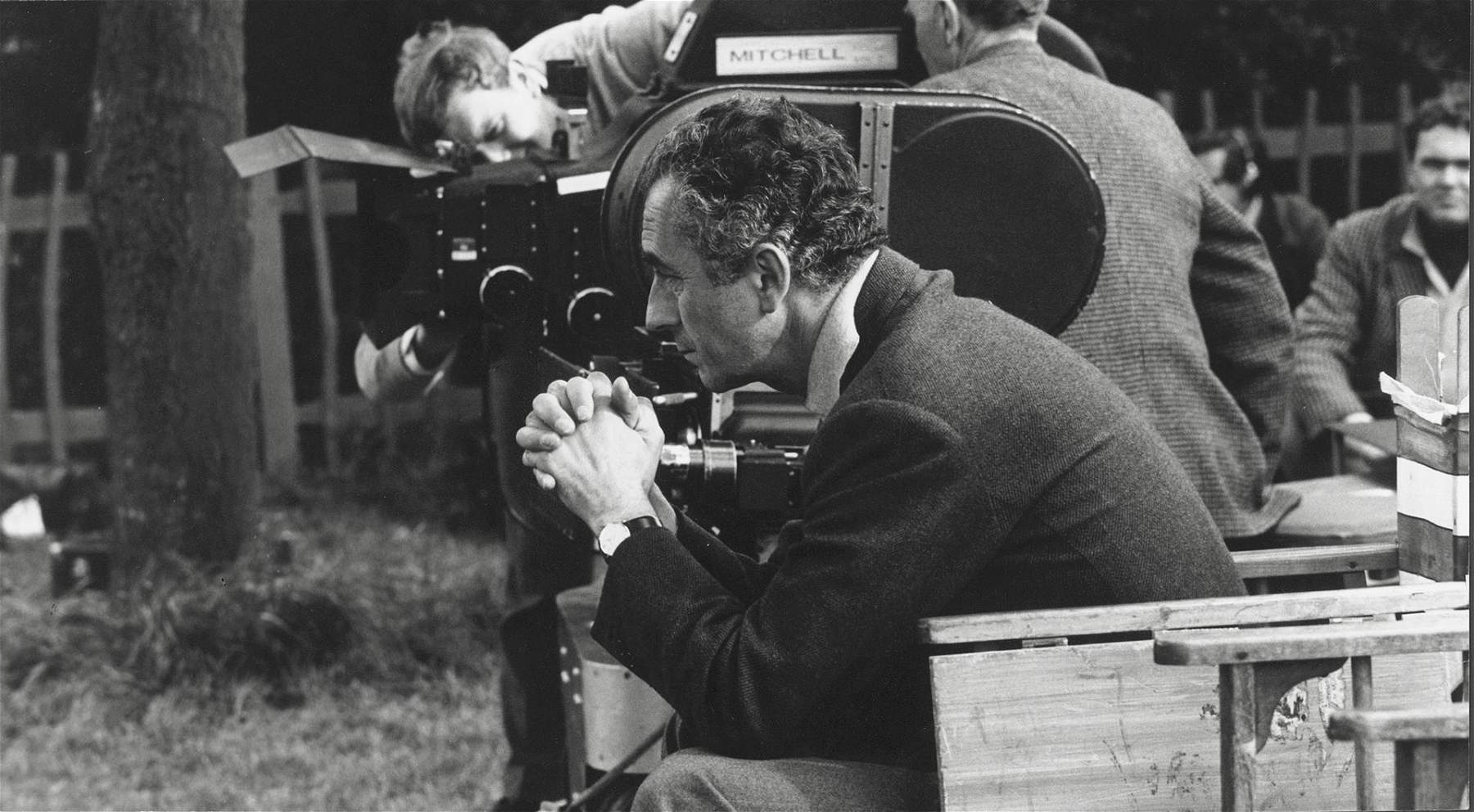
Who was Michelangelo Antonioni?
Born in Ferrara on September 29, 1912, Michelangelo Antonioni was a pioneering figure in modern cinema, whose work influenced generations of filmmakers and intellectuals. His film career, spanning more than fifty years, is characterized by continuous artistic research and narrative innovation. Antonioni was able to combine visual language and existential themes, creating works that reflect the anxieties and uncertainties of the contemporary individual.
Antonioni approached cinema in the 1940s, after graduating from the University of Bologna with a degree in economics and business and approaching it initially as a critic (he had begun writing in the Corriere Padano and then, in 1940, after moving to Rome, in Cinema magazine), and then beginning to make short documentary films. His early works, such as Gente del Po (shot in 1943 but released in 1947), reveal his passion for the Italian landscape and culture, elements that would become central to his work. His transition to feature films came with Cronaca di un amore in 1950, a film that explores the themes of love, infidelity and existential crisis.
The existential tetralogy, consisting of The Adventure (1960, Jury Prize at Cannes), The Night (1961, Golden Bear at Berlin), The Eclipse (1962, Jury Prize at Cannes), Red Desert (1964), with the first three sometimes considered separately as pieces of the “trilogy of modernity” (or the “sickness of feelings”) represents a decisive turning point in his career. These films redefined cinematic language, abandoning traditional narratives to focus on atmosphere, feelings and interpersonal relationships. His ability to create emotional tensions through the use of spaces, silences and pauses captured the attention of critics and audiences, solidifying his reputation as a master filmmaker. Themes that were later explored in English-language productions as well, such as 1966’s Blow-up (nominated for an Oscar for best director and best original screenplay, and Palme d’Or at the Cannes Film Festival) and 1970’s Zabriskie Point , two other great masterpieces of Antonioni’s cinema. The Ferrara-based director would later receive an Academy Award for Lifetime Achievement in 1995.
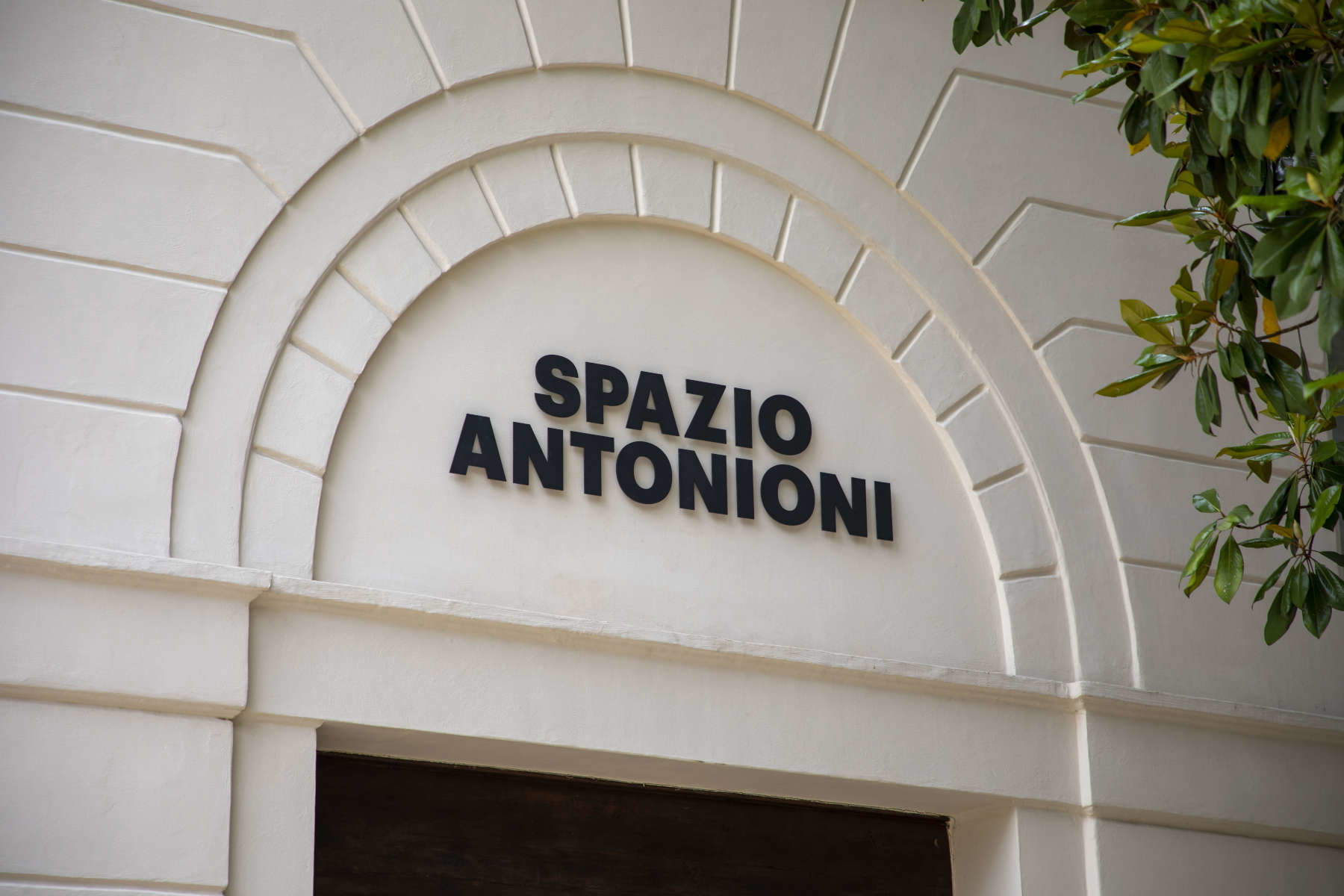

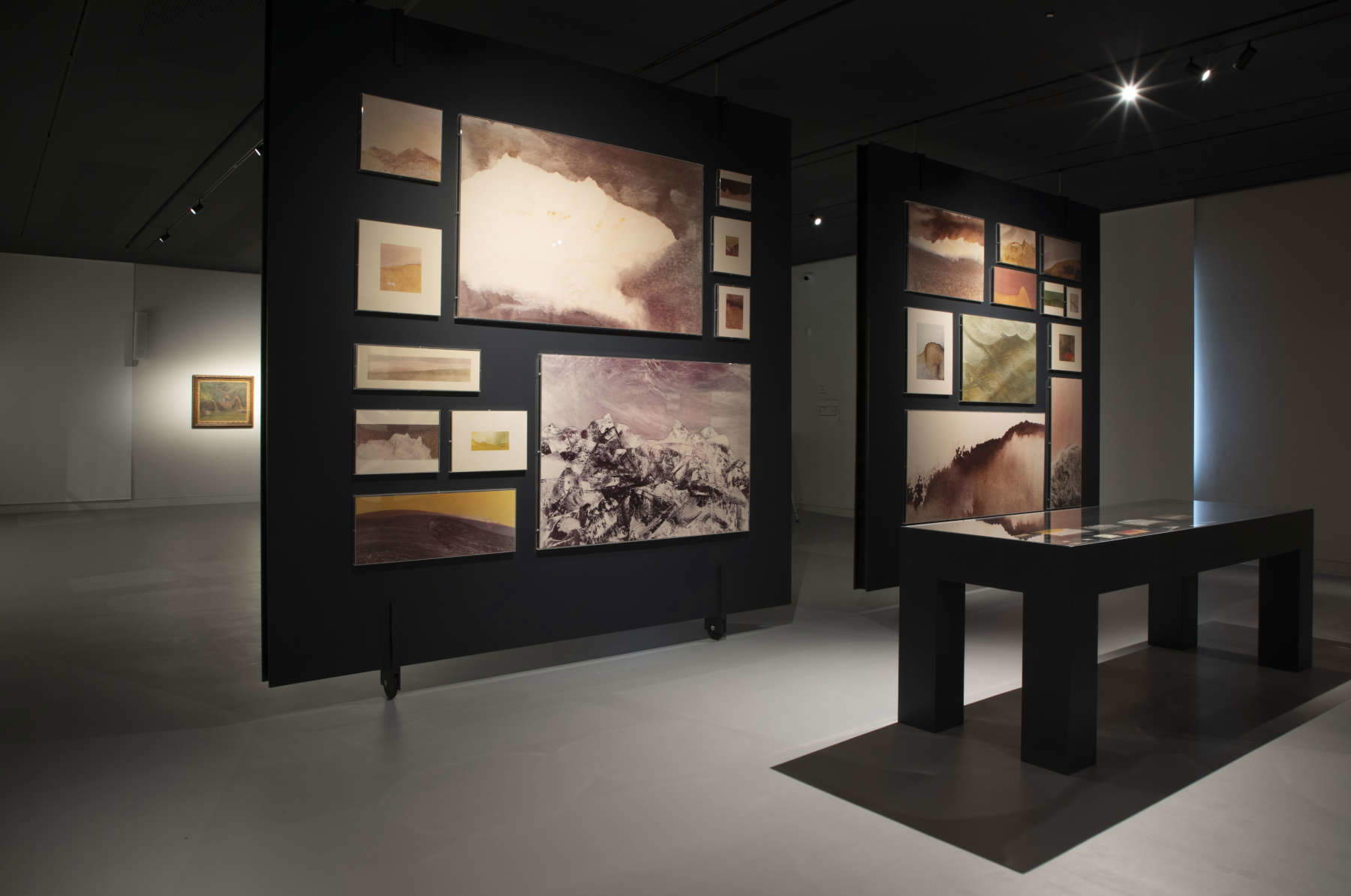




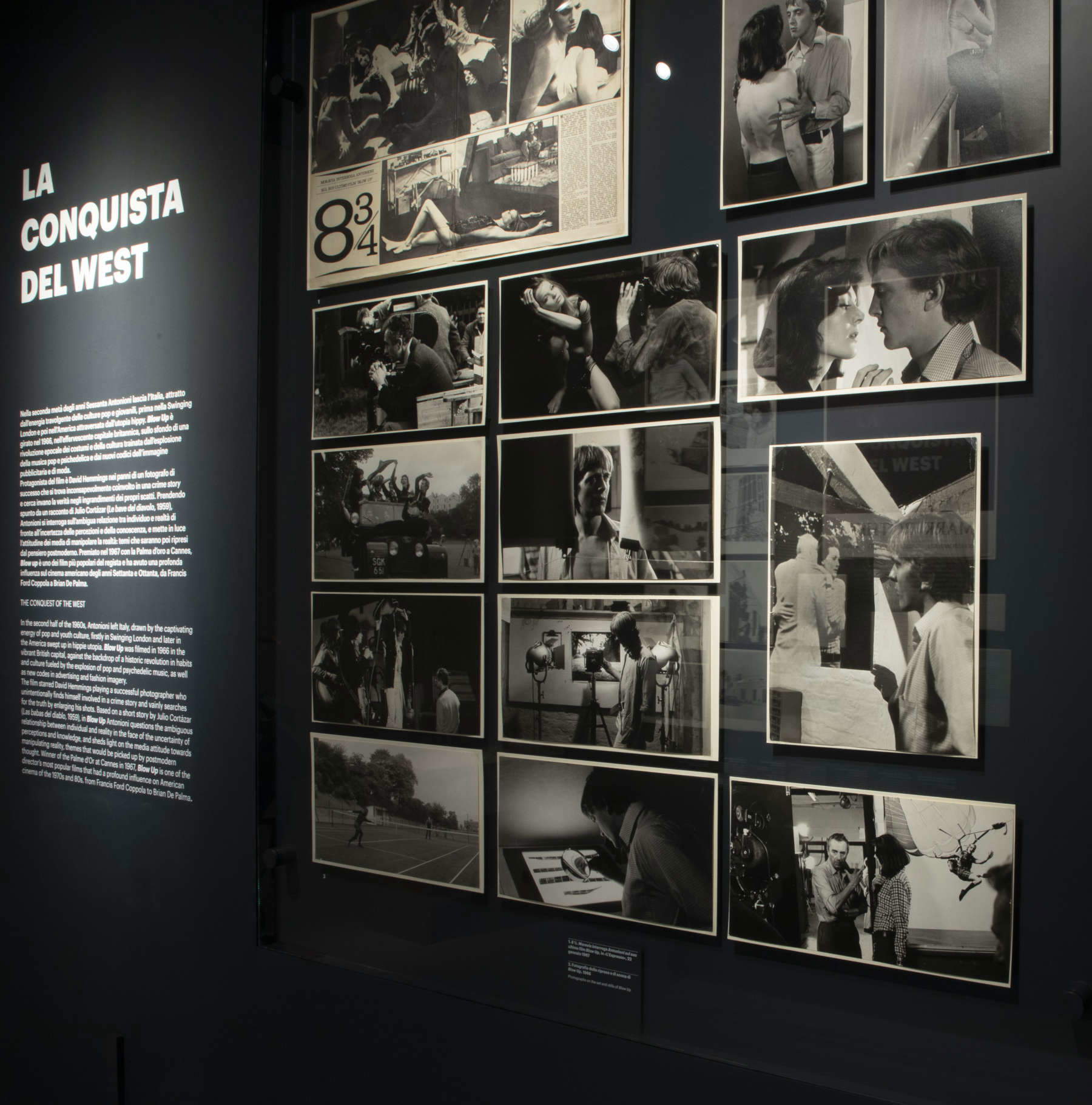
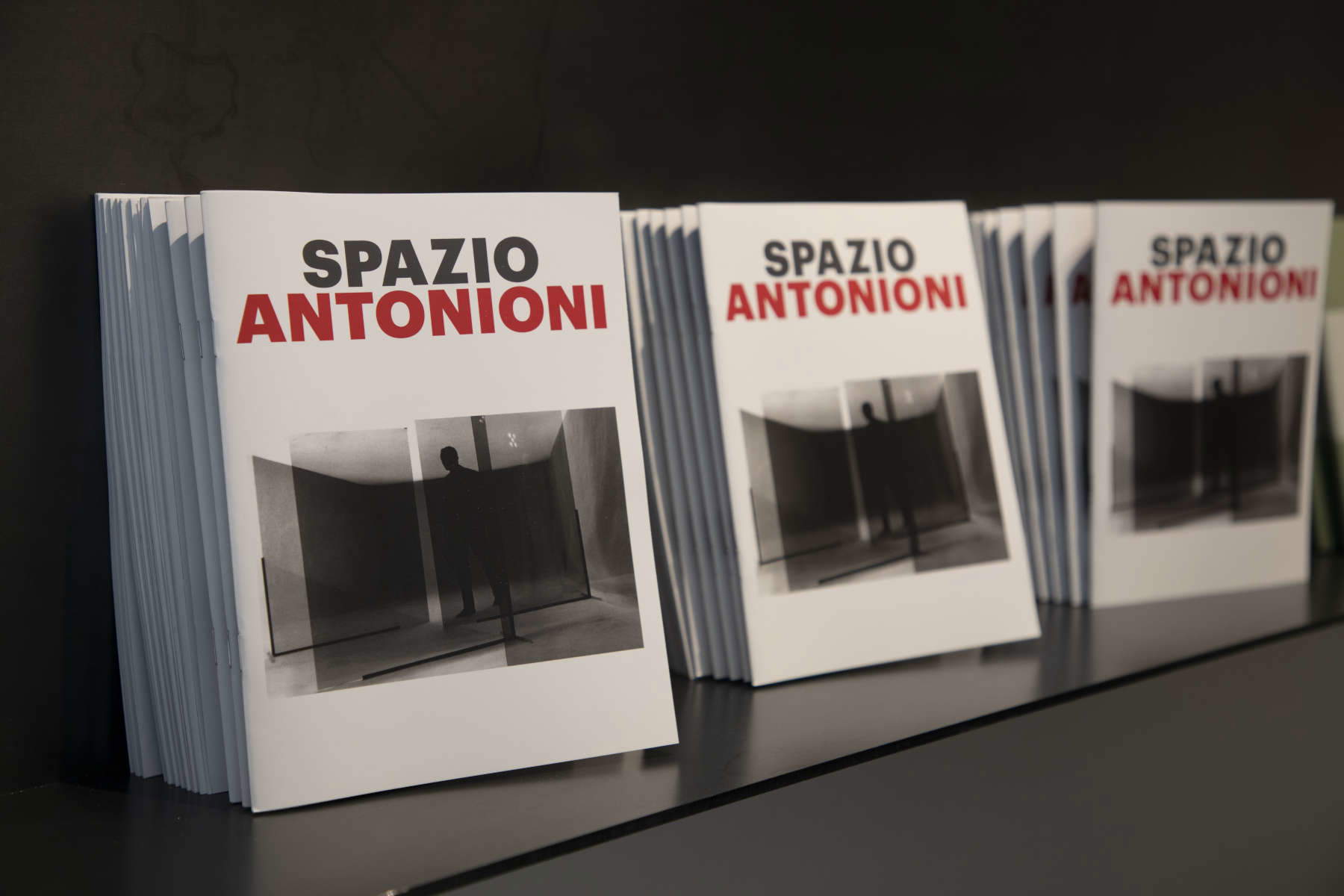
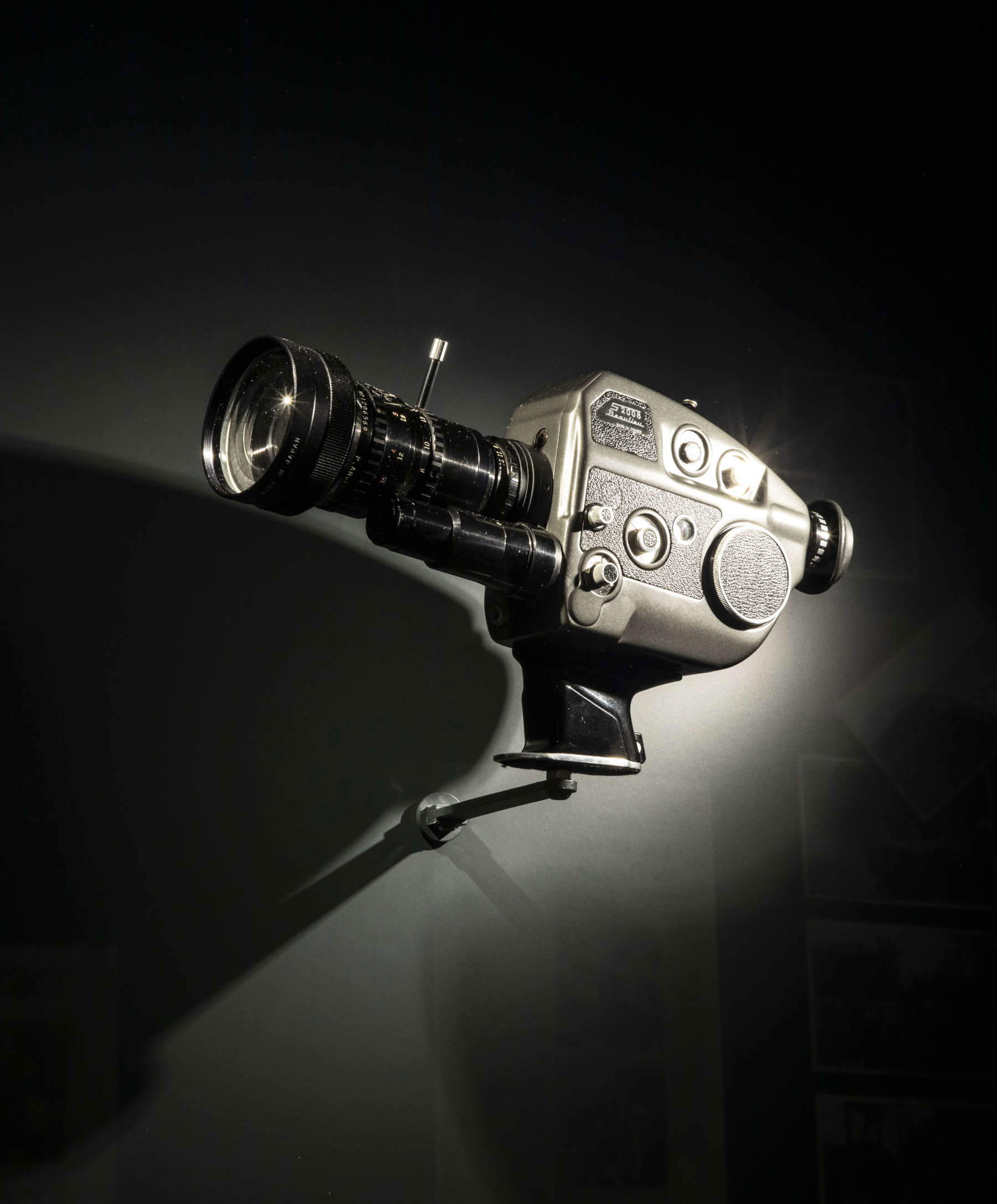

The museum project: an ambitious cultural initiative
Antonioni Space is designed to be much more than just a museum. It is proposed as a place of education and discovery, an environment in which the public can immerse itself in Antonioni’s universe and reflect on his works, his thoughts and his influence on contemporary cinema. The initiative is the result of an intensive collaboration between film experts, art historians and artists, with the aim of creating an interactive and dynamic museum.
Dominique Païni, an authority in the field of film and former director of the Cinémathèque Française, was responsible for the design of the project. Païni wanted to create an environment that would foster dialogue between different art forms and encourage reflection on themes such as modernity, existential crisis, and alienation, fundamental elements of Antonioni’s work.
The museum houses a unique and extraordinary collection: it is a selection from theAntonioni Archive, which consists of more than 47,000 pieces. This holdings include films, scripts, photographs, paintings, drawings, posters and a wealth of correspondence with emblematic figures of 20th-century culture. Each item in the collection tells a story, a moment, an emotion, offering a comprehensive view of Antonioni’s life and work.
The archive is an important resource for scholars, filmmakers, and film enthusiasts, enabling them to deepen their knowledge of Antonioni’s work and understand his contribution to the language of film. Letters exchanged with intellectuals such as Roland Barthes, Umberto Eco, Federico Fellini and Andrej Tarkovsky offer valuable insights into the influences and artistic interactions that characterized his life.
The exhibition itinerary
The exhibition itinerary is spread over two floors of the former Contemporary Art Pavilion of Palazzo Massari, designed to guide visitors through the various stages of Antonioni’s career. Each section of the museum is dedicated to a specific period of his production, offering a comprehensive overview of his most significant works.
On the second floor, the public is greeted by an immersive installation celebrating the early years of Antonioni’s career, with a special focus on the Trilogy of Modernity. In this section, representative films such as L’avventura, La notte and L’eclisse are presented, accompanied by original materials, including scripts, sketches and photographs. Multimedia installations allow visitors to explore the atmospheres of these films, creating an immersive and interactive experience.
The film The Adventure (1960) is the focus of this section, considered a masterpiece that challenged the narrative conventions of the time. The story of Anna, who disappeared during a boat trip, is not just a mystery plot, but a profound exploration of identity crisis and lack of communication, communicated through the use of desolate landscapes and disoriented characters.
The second floor of the museum is dedicated to the innovation and use of color in Antonioni’s cinema, with a special focus on Il deserto rosso (1964), the director’s first color film. This section explores how Antonioni uses color to express emotions and moods, creating a unique visual language. The film, winner of the Golden Lion at the Venice Film Festival, tells the story of a young woman struggling with her psychological distress in an oppressive industrial landscape. In this section, audiences will have access to never-before-seen materials, including sketches, color studies and photographs taken during filming. The innovative use of color in The Red Desert represents a turning point in Antonioni’s career, as he manages to transform the landscape into a character in its own right, capable of reflecting the emotions of the protagonists.
Michelangelo Antonioni’s artistic career is characterized by a deep connection with the social and cultural context of his time, which led him to explore complex themes and travel across continents and cultures. In the second half of the 1960s, Antonioni left Italy to immerse himself in Swinging London, resulting in iconic works such as Blow Up (1966). This film, centered on a fashion photographer involved in a crime story, reflects on the dynamics of the media and their ability to influence reality, marking a turning point in his career and influencing contemporary cinema. It is around these films that the continuation of the journey focuses. Continuing the exploration, Zabriskie Point (1970) becomes a manifesto of the counterculture of the time, depicting the tension between consumerist America and the libertarian aspirations of youth movements. Through evocative images of the California desert, Antonioni combines liberating eroticism with the psychedelic music of Pink Floyd and the Grateful Dead, creating a unique cinematic experience.
In Profession: reporter, the African desert setting represents an inner journey that challenges self-understanding, transforming the landscape into a metaphor for the complexity of contemporary reality. This reflexive approach culminates in a return to cultures far removed from Europe, as demonstrated by Chung Kuo, China (1972), a documentary that offers an anthropological look at daily life in China, highlighting the respect and distance in chronicling a foreign civilization.
The film Kumbha Mela (1989), dedicated to India’s great religious festival, highlights the spirituality and traditions of a culture that continues to deeply influence Antonioni. In the last years of his career, the director reconnected with his Italian roots, directing films such as Identificazione di una donna (1982) and Al di là delle nuvole (1995), the latter in collaboration with Wim Wenders. These works reflect his ongoing research into the power of images, immersed in majestic settings such as Rome and Venice, where historical vestiges are intertwined with Renaissance masterpieces.
The conclusion of the itinerary is articulated in a large multipurpose space that offers opportunities for in-depth study of Antonioni’s cinema through reviews, seminars and exhibitions that examine his contributions and the influence of artistic currents contemporary with him. This environment stimulates critical dialogue and celebrates the legacy of a master who was able to question the deeper meaning of images and the human condition.
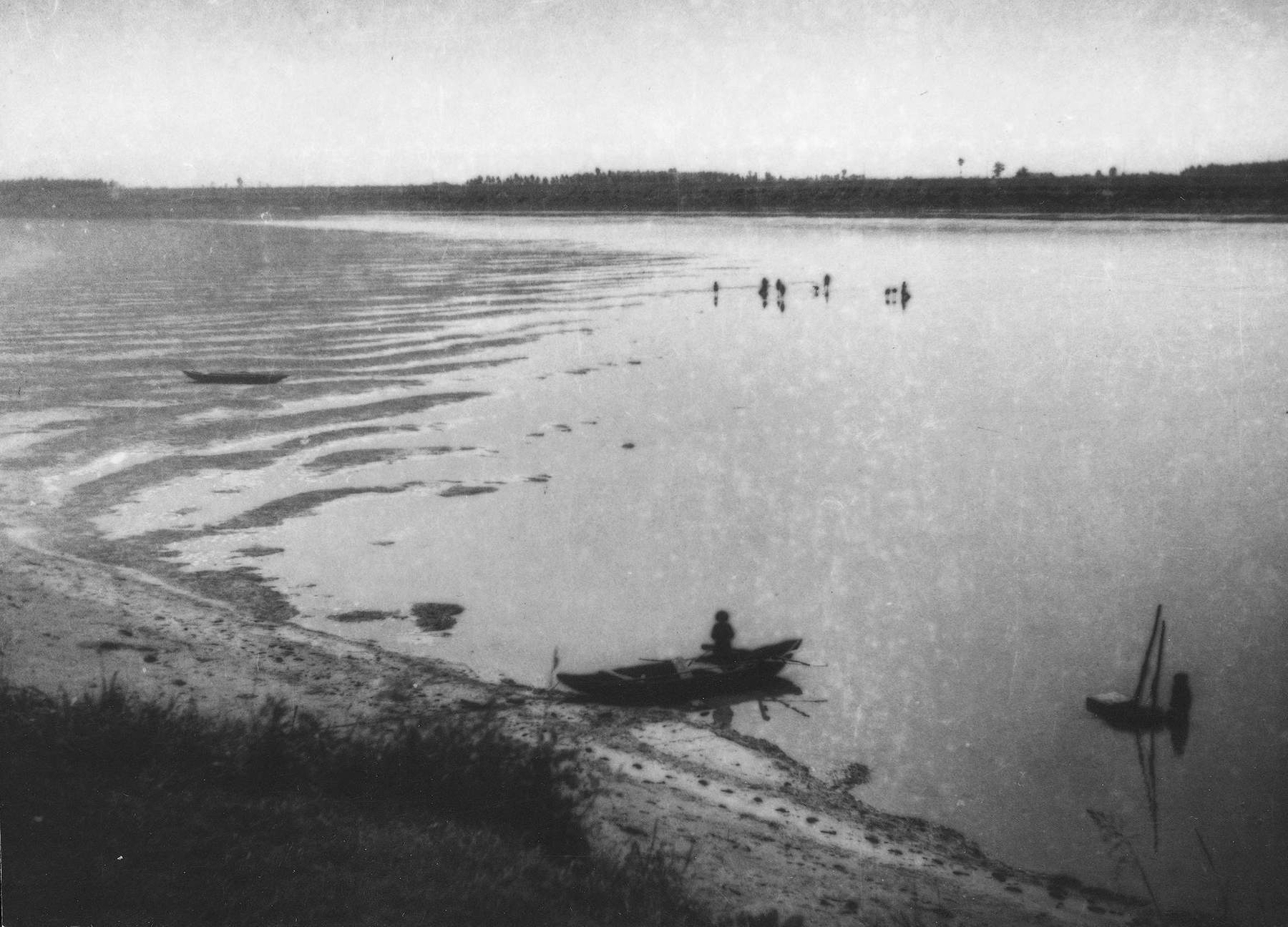
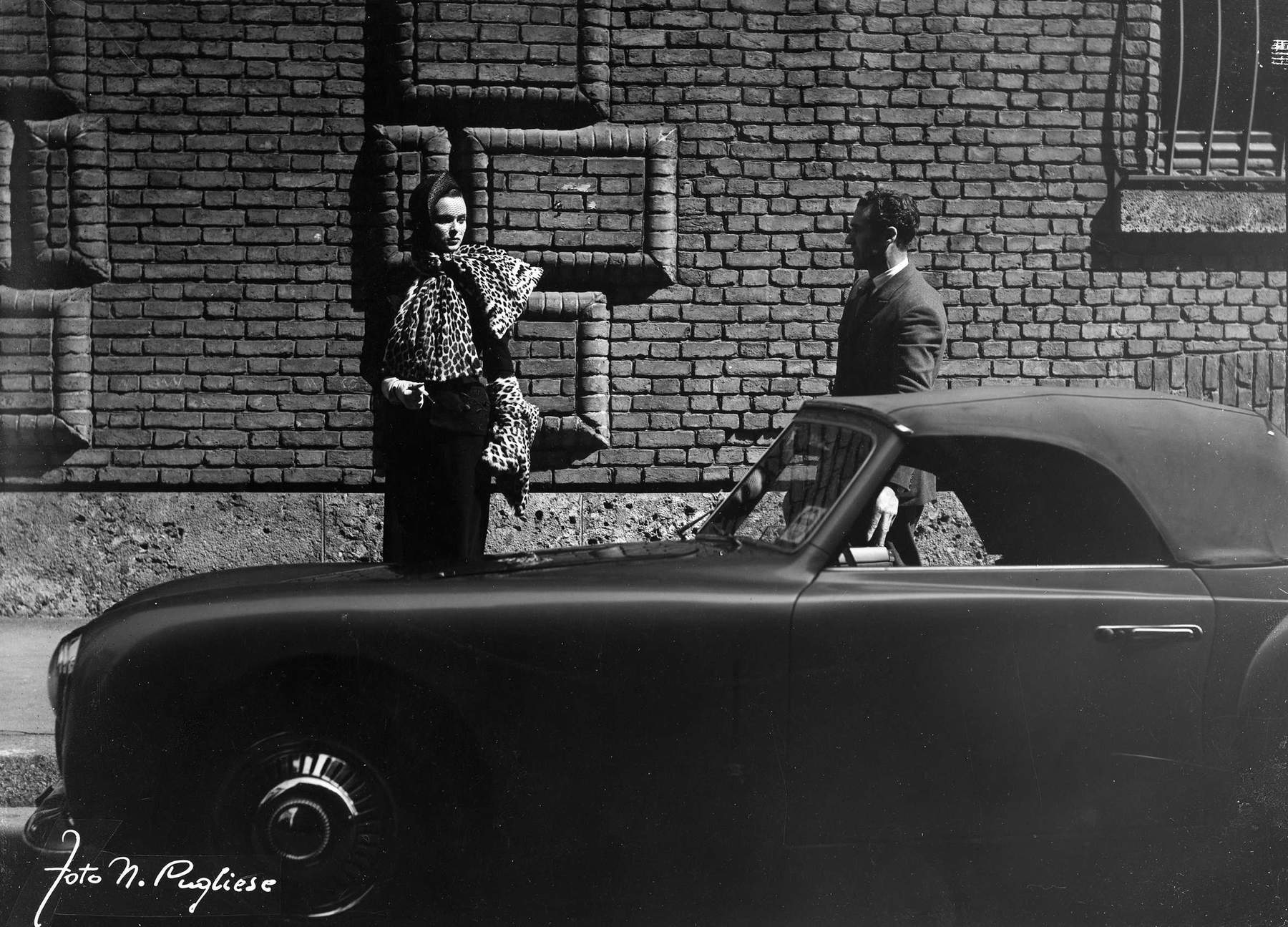


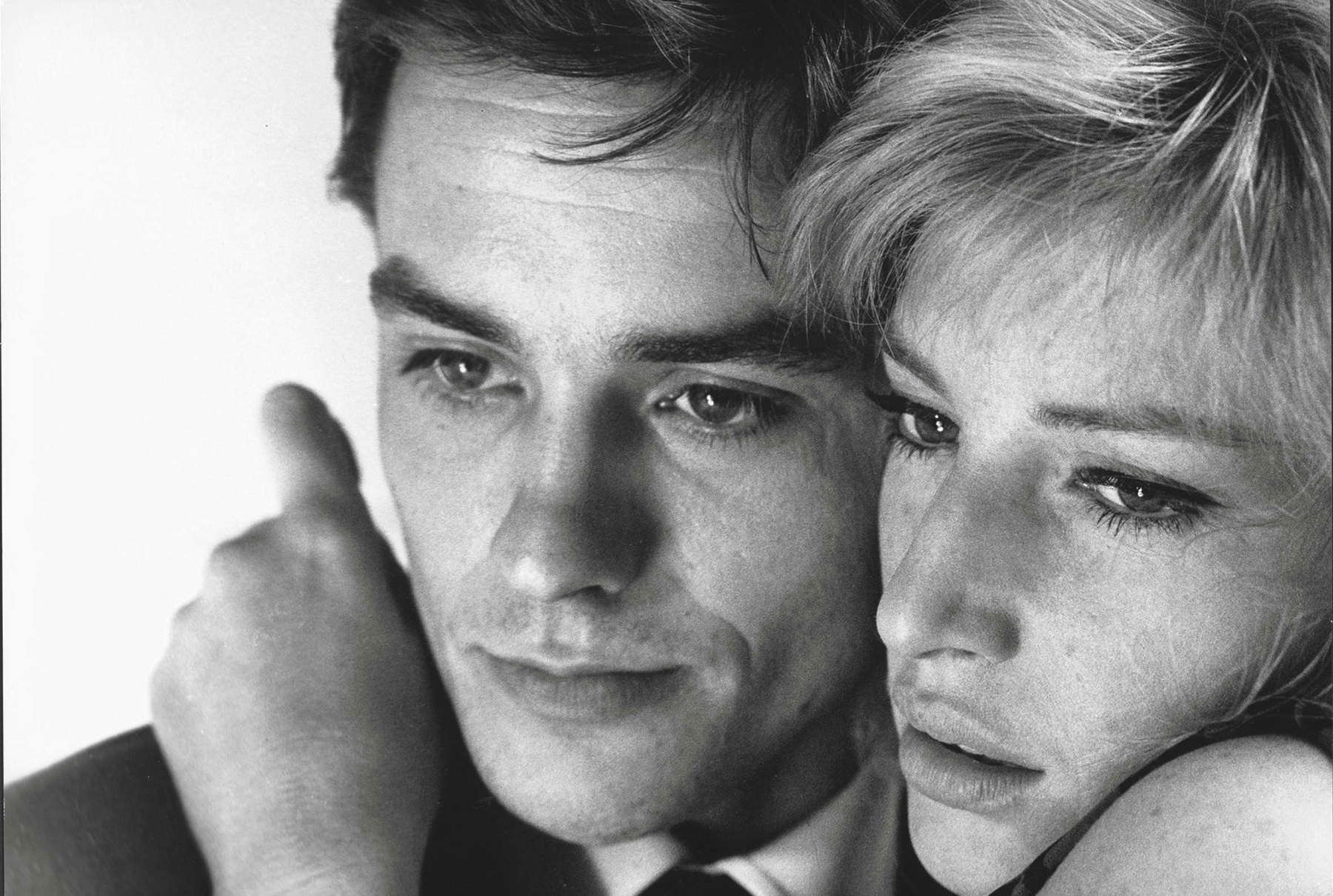

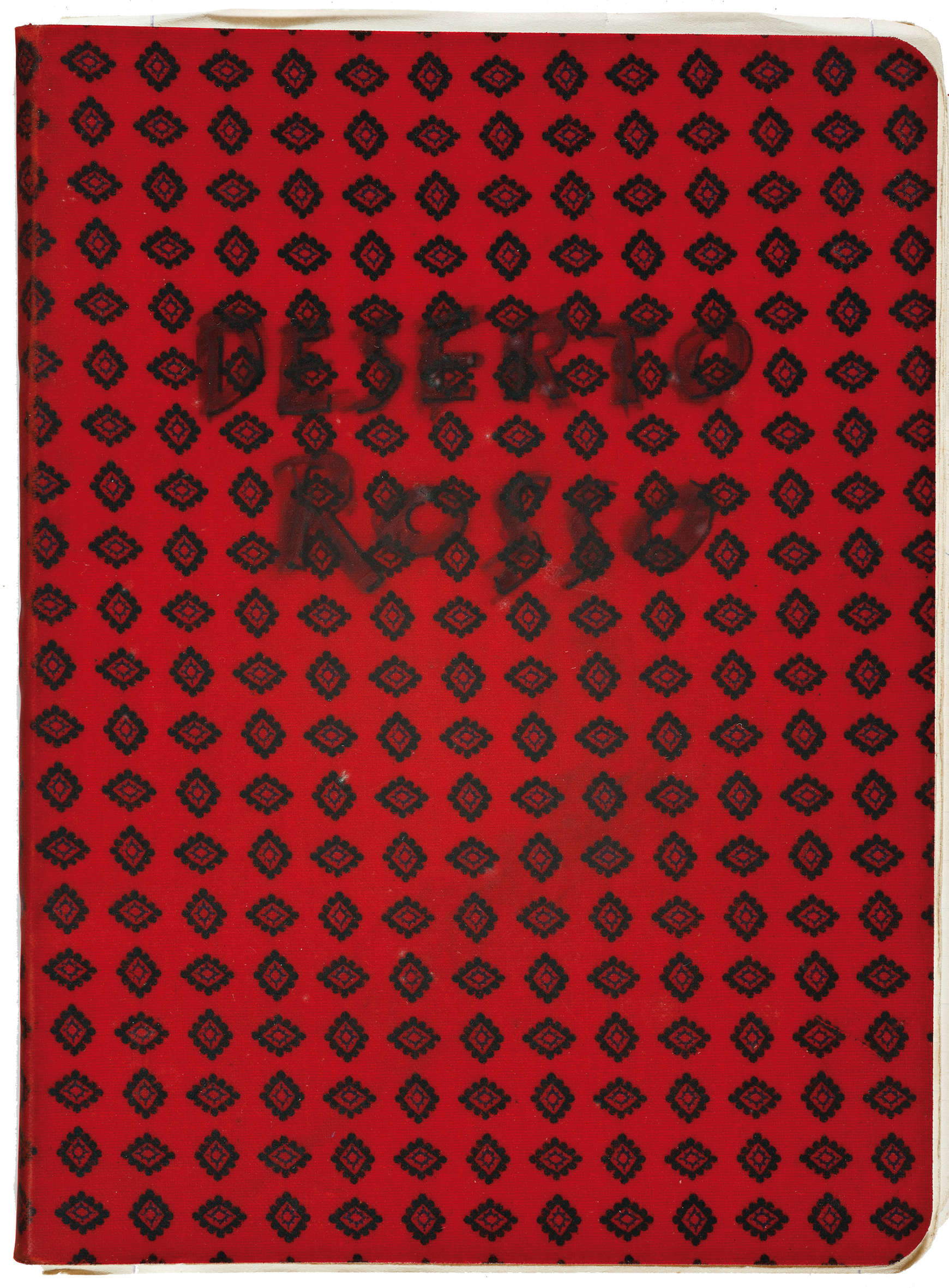
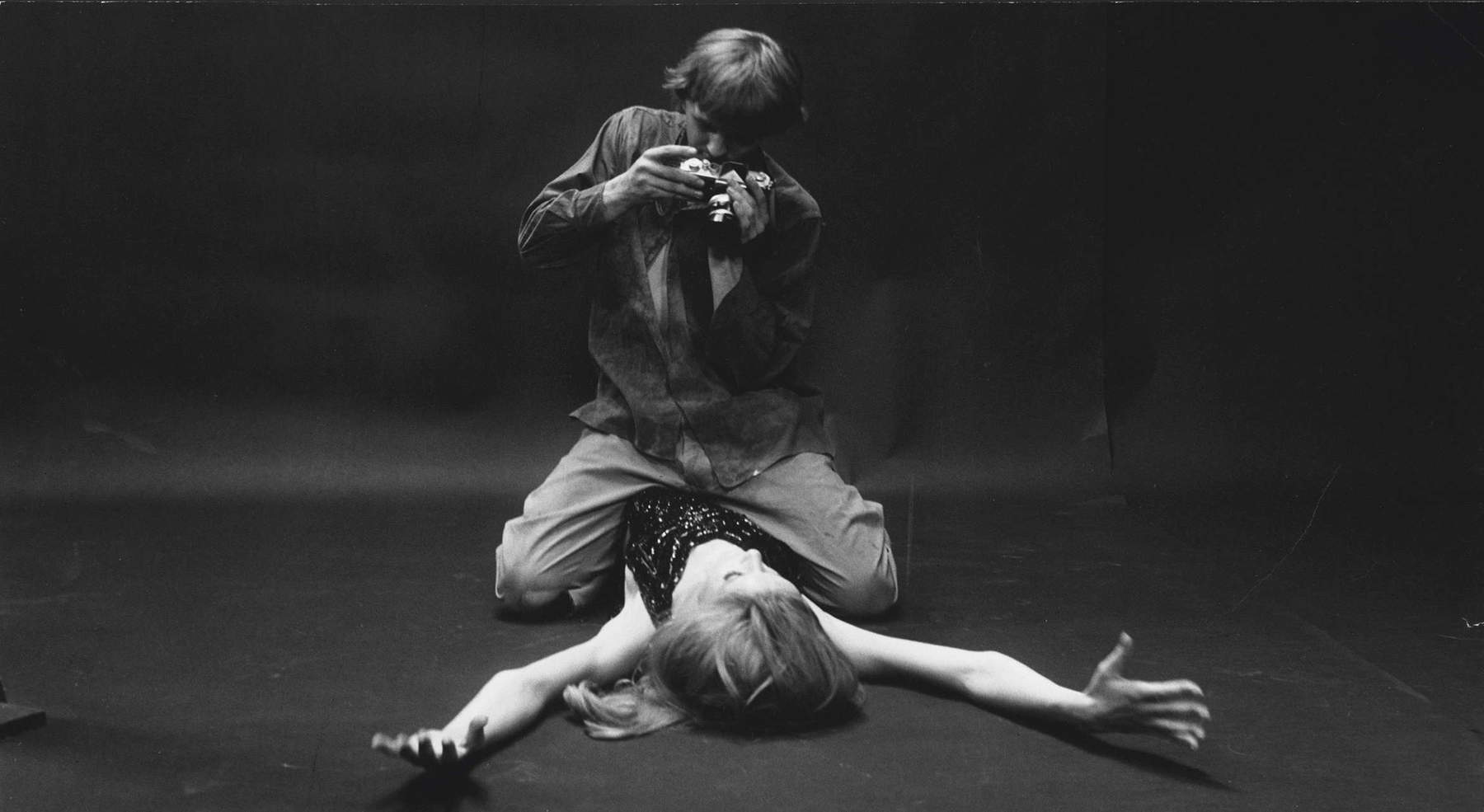
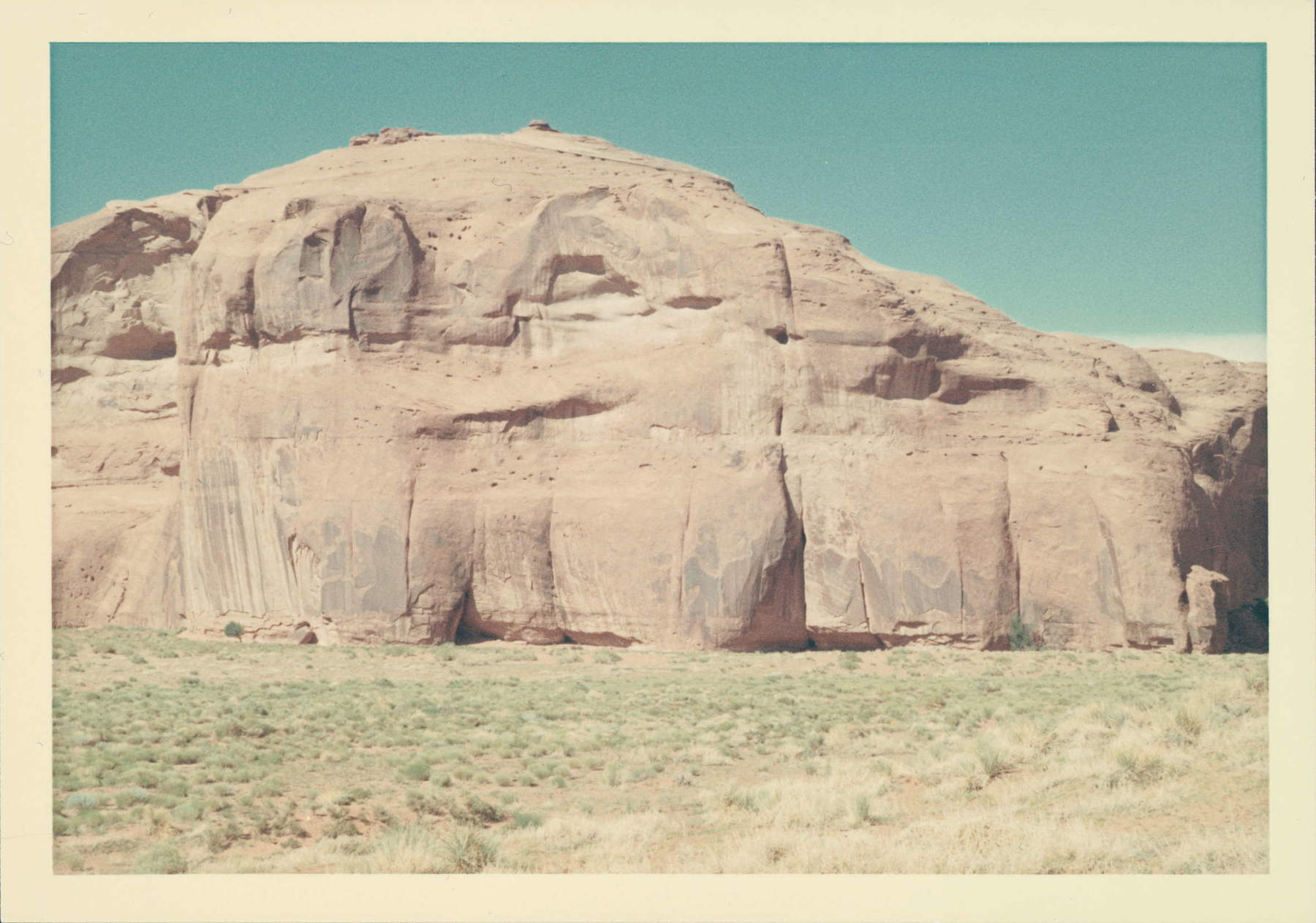
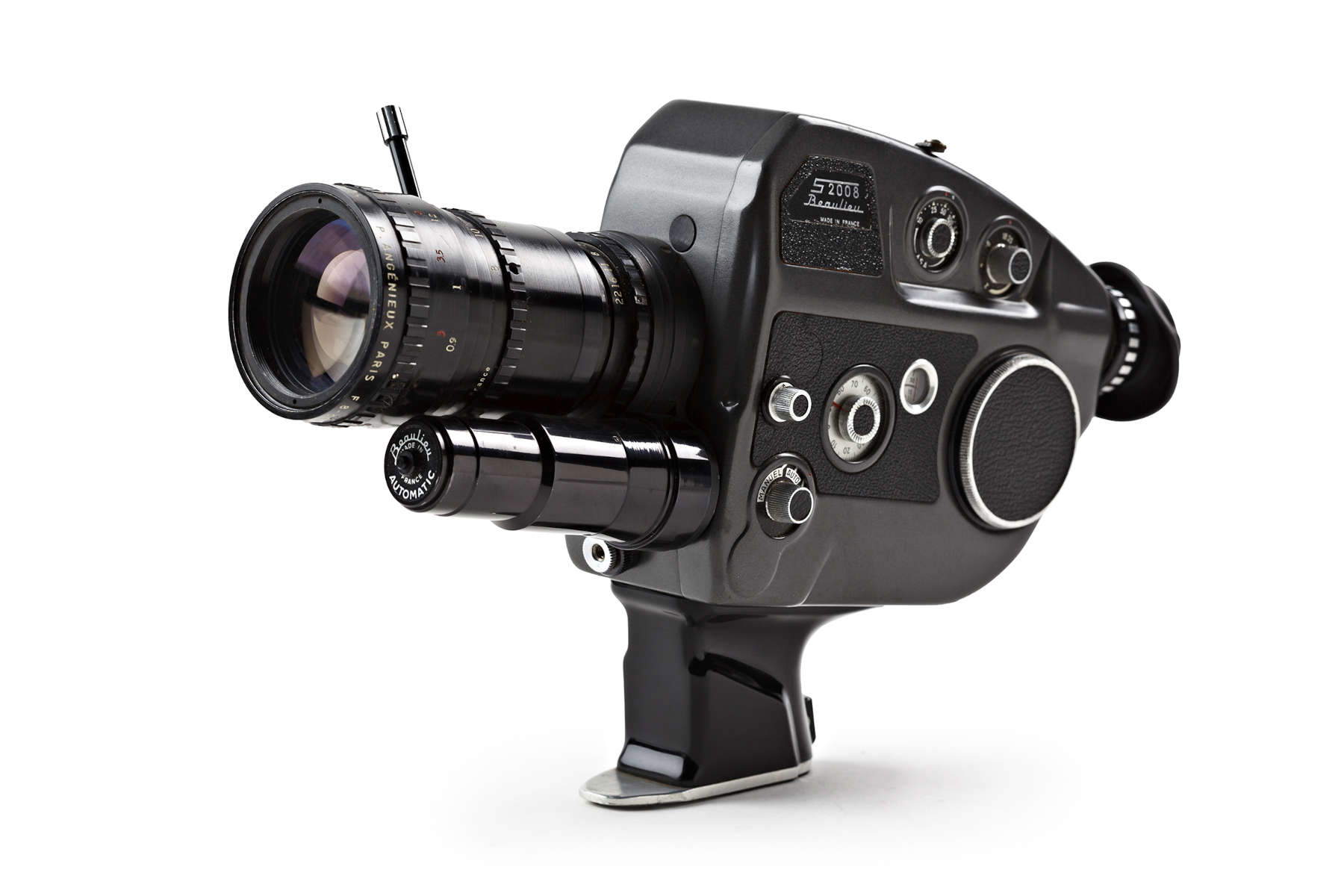
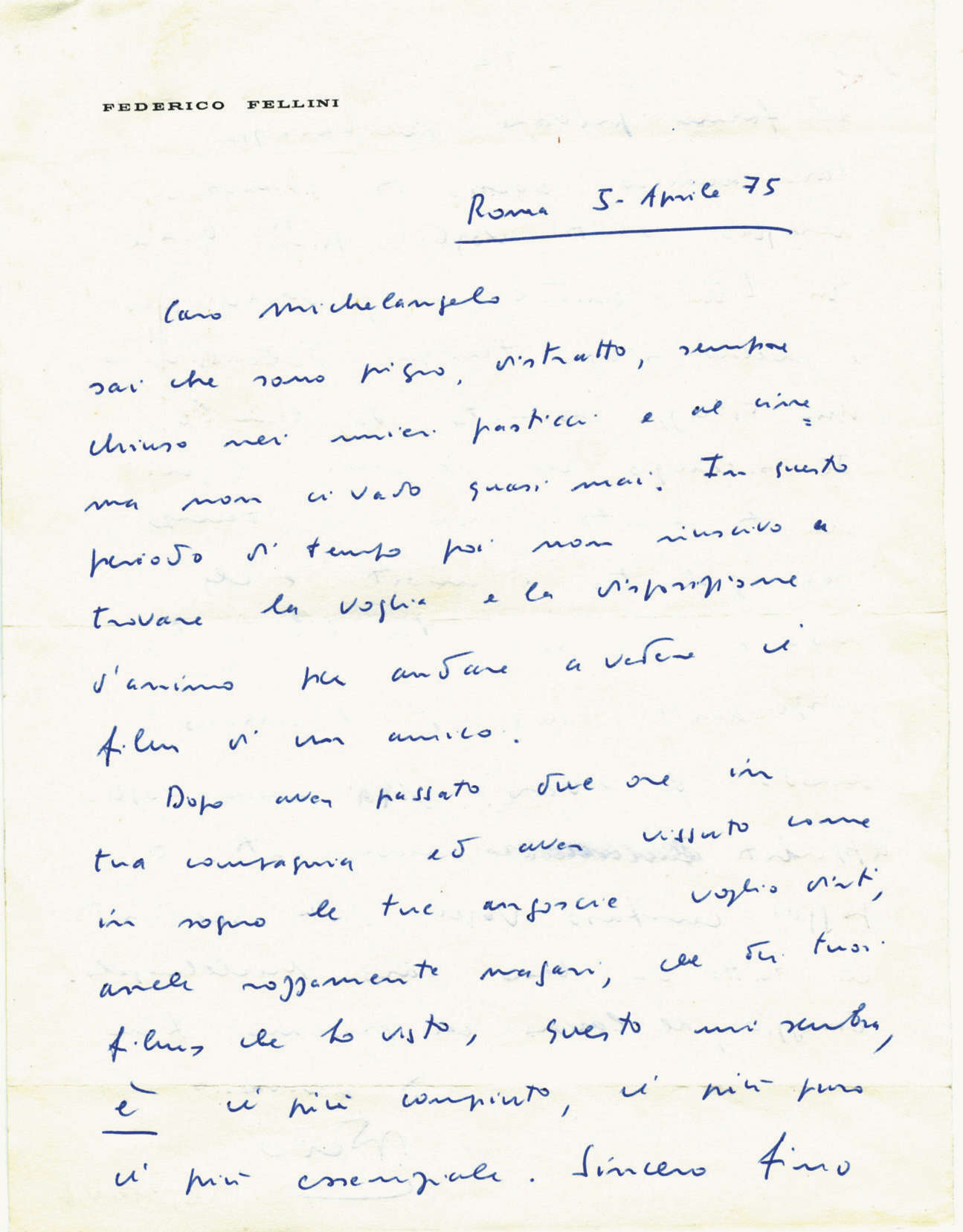
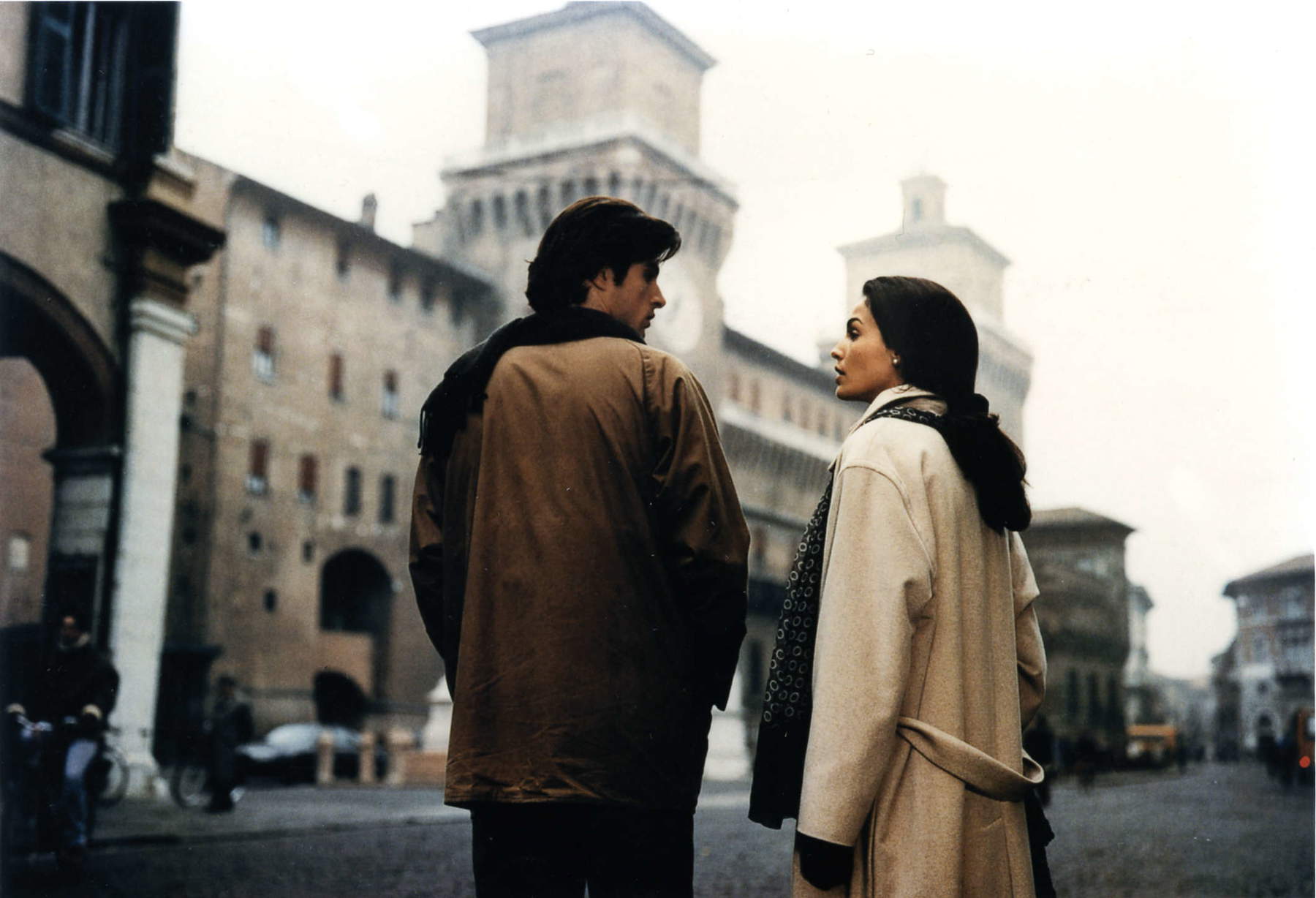

Cultural activities and education
The Antonioni Space is not limited to being a static museum, but is intended to be a center of cultural education and activity. The museum will host regular film screenings, debates, and meetings with filmmakers, critics, and film scholars. These events will offer the public an opportunity to learn more about the issues Antonioni addressed and reflect on his impact on contemporary cinema.
In addition, the museum will organize workshops for young filmmakers and artists, encouraging creativity and experimentation. These workshops will be designed to stimulate discussion on Antonioni’s cinematic techniques and artistic approach, offering participants the opportunity to explore their ideas and put them into practice.
With the opening of Antonioni Space, Ferrara is thus preparing to become a reference point for film culture and a meeting place for artists and enthusiasts from all over the world. An important opportunity to rediscover Antonioni’s work and to reflect on its significance in the contemporary context. The mission of Antonioni Space is, after all, to preserve and promote the cultural legacy of Michelangelo Antonioni, making his work accessible to an ever wider audience. Through a rich and varied program of activities, the museum aims to stimulate curiosity and interest in cinema and the visual arts, contributing to the education of new generations of artists and cinephiles.
A place of discovery, then, an invitation to explore Antonioni’s world, to reflect on his works and to confront the questions they raise, a space where the public can get closer to one of the most significant figures in cinema, discovering not only his art, but also his vision of the world and the human condition.
 |
| Ferrara's Spazio Antonioni, a museum to learn about the great director |
Warning: the translation into English of the original Italian article was created using automatic tools. We undertake to review all articles, but we do not guarantee the total absence of inaccuracies in the translation due to the program. You can find the original by clicking on the ITA button. If you find any mistake,please contact us.





























